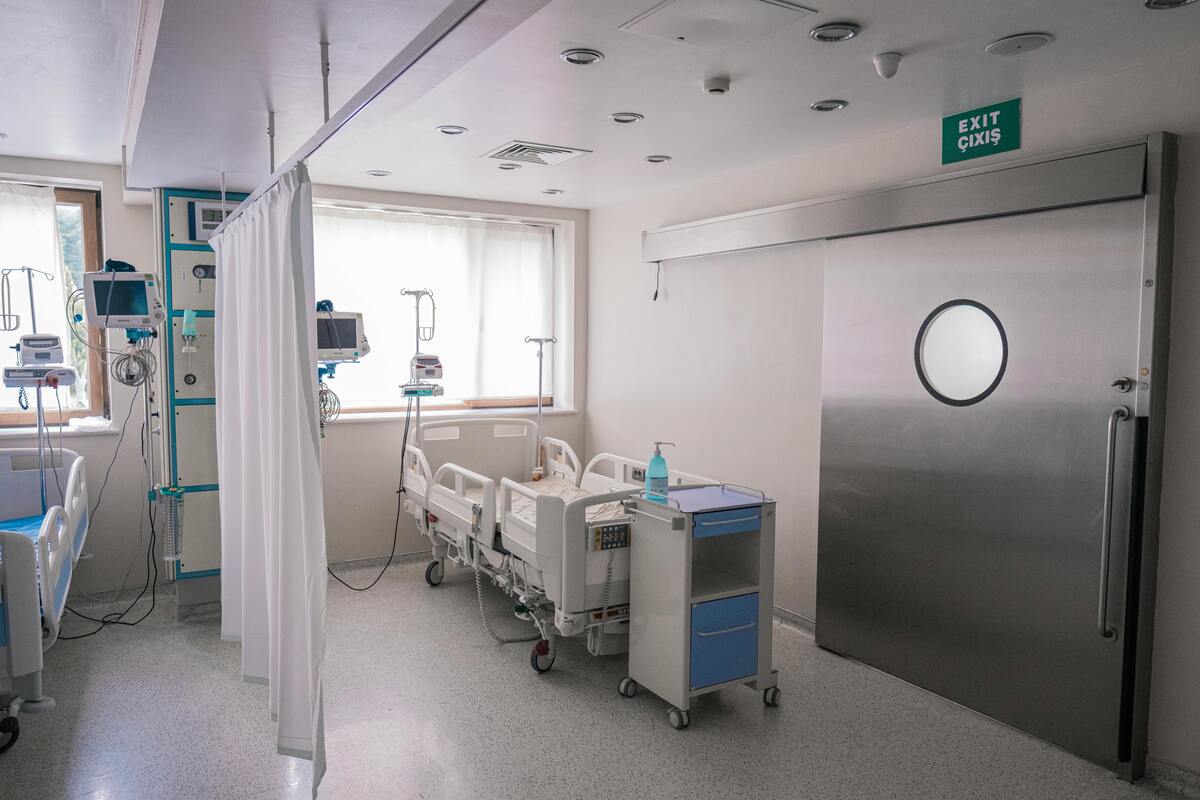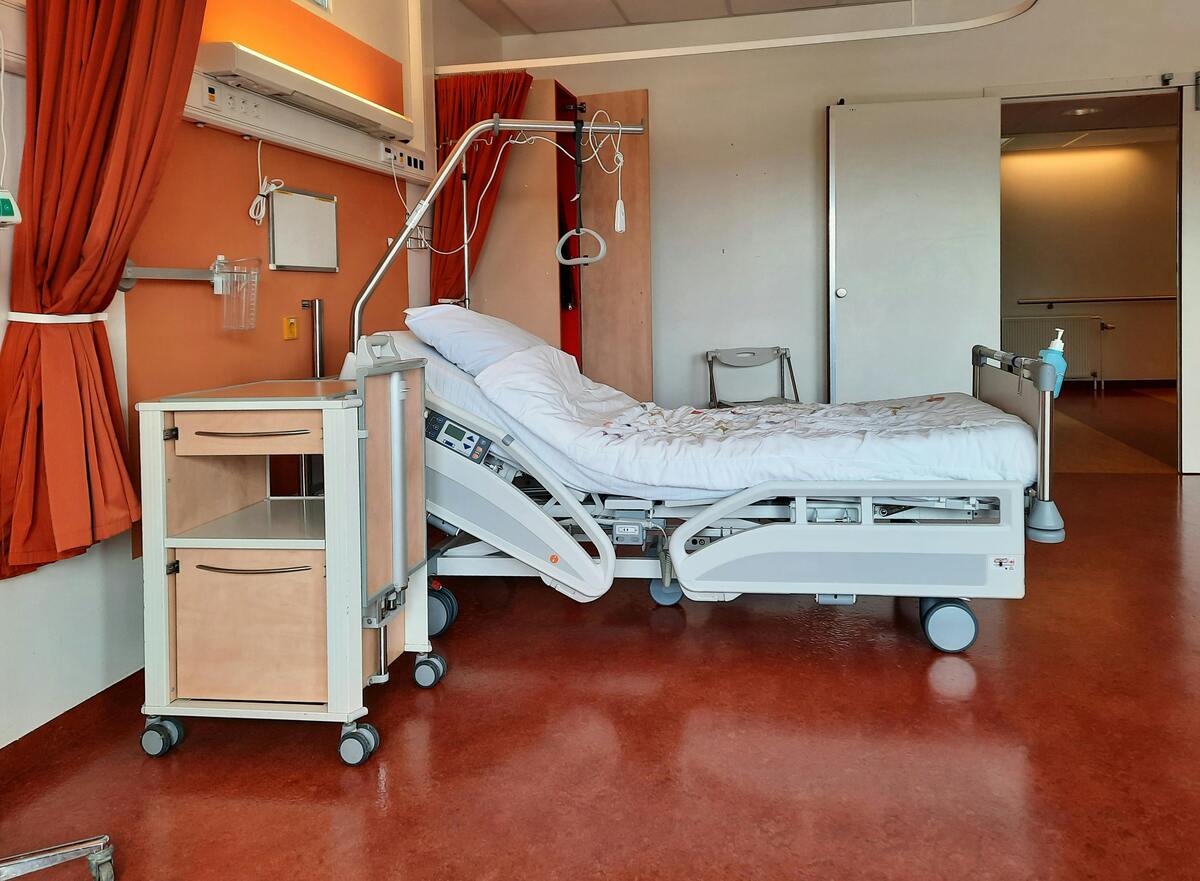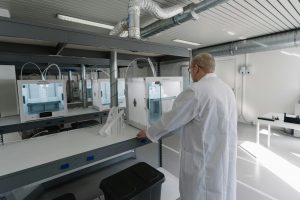Technology quietly supports the work of nurses and physicians in every hospital, forming the base for medical equipment preventive maintenance benefits that affect every level of care. The ventilators, monitors, and sterilizers utilized daily are not equipment, but an integral part of patient safety. Regular preventive maintenance for medical equipment helps these systems function safely and consistently throughout their service life.
Hospitals can also benefit from regulatory compliance consulting to keep their preventive maintenance programs aligned with healthcare and safety standards. This is why preventive maintenance for medical devices is so much more than a technical exercise. It is a systematic effort that protects patients, extends the life of expensive assets, and supports compliance with national and international standards. The more frequently this work is performed, the more reliable the hospital is in providing constant care.
What is Preventive Maintenance of Medical Equipment
Preventive maintenance of medical equipment is composed of regular actions that are performed before breakdown. It is designed to keep equipment operating safely and accurately for an extended period of time.
During regular service, biomedical engineers are able to clean filters, test alarms, and replace or repair medical equipment and biomedical devices. These activities are often coordinated through biomedical management services that centralize scheduling and reporting to maintain consistency across departments. A medical equipment preventive maintenance checklist of preventive maintenance of medical equipment organizes the work and ensures that each device is evaluated in the same way each time. In some facilities, this includes specialized support such as ventilator machine maintenance for critical care units.
Engineers will pick up on faint warning cues not recorded in handbooks: a faint noise from a pump motor, an uneven backlight on a display, or readings that are a little off. These are the kind of cues that experience makes one attentive to.
Well-documented facilities can establish accountability in the event of an audit or inspection. A record also comes in handy while negotiating replacement planning with administrators since it provides data showing the aging of equipment over time. By keeping a detailed record of these inspections, facilities gain measurable medical equipment preventive maintenance benefits such as improved reliability and better planning for replacements.

Why Preventive Maintenance is Important for Medical Equipment
Reliable equipment forms the backbone of safe medical practice. When medical equipment such as a monitor, ventilator, or defibrillator fails during treatment, the risk extends beyond inconvenience. It may affect a clinical decision made in seconds.
Routine preventive maintenance for medical equipment programs minimizes such risks. By detecting issues early, hospitals avoid interruptions and preserve the accuracy of test results and procedures. For example, if a defibrillator’s charge output drifts out of range, a patient may not receive effective treatment. Regular testing prevents that outcome, often in coordination with teams specializing in infusion pumps and defibrillators repair.
Beyond safety, there is a strong operational benefit. When devices are maintained on time, clinical staff can trust their readings and spend less time troubleshooting. This teamwork reflects broader biomedical engineer duties and responsibilities in supporting safe and reliable patient care. It builds confidence in daily work and strengthens collaboration between clinical and technical teams.
Hospitals that understand medical equipment preventive maintenance have safer environments and reduce emergency breakdowns that can interrupt patient treatment.
Challenges in Routine Medical Equipment Maintenance
Keeping up with every inspection and medical device repair is not always straightforward. Hospitals face several common barriers that affect maintenance schedules and service quality.
Shortage of Skilled Technicians
There is an ongoing shortage of trained biomedical equipment technicians. This shortage reflects the wider healthcare worker shortage faced by many hospitals today. In many facilities, a few professionals are responsible for hundreds of devices spread across departments. A qualified biomedical equipment technician can prevent service delays and help maintain consistent care. In such demanding environments, contracted assistance through biomedical equipment consulting can support internal teams and stabilize maintenance workloads.
Older Medical Equipment
Older systems continue to be in use in the majority of hospitals as they continue to perform basic functions. However, it may be difficult to acquire components and calibration equipment. Experienced engineers with strong biomedical engineering technical skills can adapt and maintain legacy systems effectively. In such a situation, collaboration with specialists in biomedical equipment repair keeps the equipment running and compliant.
Limited Budget and Time
Maintenance time tends to be reduced because of budget constraints and workloads. If the machine appears to be working, it would be easy to postpone maintenance. But practice shows that in the short run, this frugality results in higher costs later. Well-planned cost reduction strategies for hospitals
It can include preventive maintenance programs to control spending without compromising safety.
Ineffective Communication Between Teams
Maintenance programs function best when clinical and technical departments communicate regularly. In some facilities, service requests are passed verbally and forgotten. A shared reporting system or computerized maintenance log helps ensure that every issue is documented and resolved within the required time frame.
Benefits of Medical Preventive Maintenance of Medical Equipment
When preventive maintenance of medical equipment is applied consistently, hospitals experience measurable improvement in safety, efficiency, and financial performance.
Safe Patient Care
Regular checks ensure that the equipment runs within safety limits set during design. Preventive maintenance of medical devices identifies dangers before they occur, for instance, electrical breakdown or faulty readings. Each step contributes to the direct safety of patients, although seemingly trivial.
Extended Equipment Life
Proper upkeep defers mechanical and electrical degradation. Health centers that organize preventive maintenance on medical equipment are in a position to keep expensive systems running for a number of decades beyond the intended replacement time. In the real world, a properly calibrated and well-serviced ventilator functions for many years longer than a poorly maintained counterpart. The overall medical equipment preventive maintenance benefits extend to staff productivity, as reliable tools reduce interruptions and improve workflow.
Better Medical Outcomes
Accurate and stable equipment directly improves diagnostic and treatment results. When calibration and testing are performed regularly, readings remain trustworthy. This accuracy supports physicians in making confident clinical decisions.
Improved Operational Performance
Reliable equipment leads to smoother daily operations. Scheduled preventive maintenance for medical equipment reduces delays in operating rooms and laboratories. By addressing potential issues during planned service windows, hospitals avoid unplanned shutdowns that can disrupt entire shifts. Hospitals that plan preventive maintenance for medical equipment can coordinate repairs more efficiently, reducing the risk of last-minute service interruptions.
Minimized Equipment Downtime
Downtime affects patient flow and staff stress. Planned maintenance ensures that devices remain available for use more often than not. Hospitals may rely on both on-site servicing and advanced support such as anesthesia machine servicing to minimize turnaround time for mission-critical equipment.

Improved Reputation
A facility known for reliable equipment earns the trust of its staff and patients. Hospitals that prioritize preventive maintenance demonstrate responsibility and professionalism. Word of consistent quality spreads quickly among referring physicians and healthcare partners.
Protection from Legal or Regulatory Risk
Equipment malfunctions can have serious consequences. Maintaining detailed records through a medical equipment preventive maintenance checklist demonstrates that the hospital fulfilled its duty of care. These records provide legal protection and support during accreditation reviews.
Regulatory Compliance
Every major healthcare accreditation program includes requirements for regular maintenance. A structured preventive maintenance of medical equipment plan ensures compliance with these standards. During inspections, well-documented service histories make the review process faster and smoother.
Lower Operational Costs
Although preventive service requires investment, it reduces long-term costs. Emergency repairs, rentals, and replacements are significantly more expensive. Many hospitals that implement comprehensive preventive maintenance medical equipment programs notice measurable savings within the first year of consistent operation.
How to Create a Preventive Maintenance Plan
A good maintenance plan is both technical and administrative. It requires the cooperation of engineers, clinical staff, and hospital management. To plan preventive maintenance for medical equipment, hospitals should set clear inspection intervals, assign responsibilities, and maintain accurate service records to keep all devices in reliable working condition. When this process is organized, the medical equipment preventive maintenance benefits include fewer unexpected failures, longer device life, and improved patient safety.
Build the Maintenance Team
Include representatives from biomedical engineering, nursing, and administration. Each group contributes specific knowledge. Engineers understand equipment behavior, clinical staff identify practical needs, and managers allocate resources.
Collect Data and Reference Standards
Compile manufacturer recommendations, service records, and inspection reports. Analyze which devices are most critical and which fail most often. Many hospitals seek insights from experienced service companies familiar with managing large-scale equipment portfolios, including groups that handle hospital stretcher repair and maintenance as part of comprehensive support.
Develop and Manage the Schedule
Different equipment categories require different service intervals.
High-risk systems such as ventilators, defibrillators, and anesthesia units should be inspected quarterly.
Medium-risk devices, including monitors and imaging equipment, may need semiannual checks.
Low-risk items like lighting systems can be inspected annually.
Digital tracking tools allow maintenance managers to record every inspection, calibration, and part replacement. Such records are valuable during regulatory reviews and internal audits.
Evaluate and Improve the Plan
Maintenance is a continuous process. With the introduction of new technology, review the plan and update procedures. Regular evaluation keeps the program effective and relevant.
A structured medical device preventive maintenance program is a key to safe and effective patient care. It guarantees patient safety, maintains compliance, and extends the useful life of life-supporting equipment.
By blending preventive maintenance medical equipment programs with accurate medical equipment calibration, skilled repairs, and specialized services such as ventilator machine maintenance, hospitals create a dependable platform for patient care. Day in and day out, regular service ensures that every device performs up to standard.
Hospitals that make preventive maintenance a strategic program rather than a technical task consistently have enhanced safety records and stronger operational performance.





